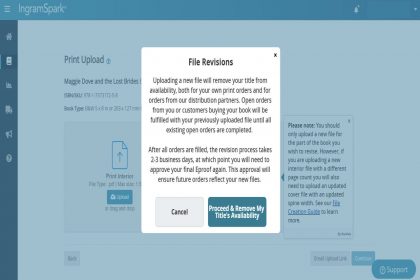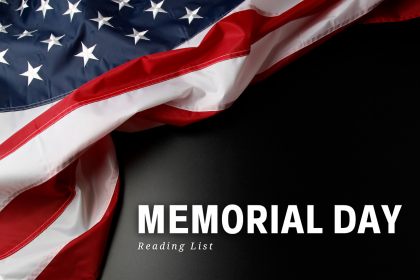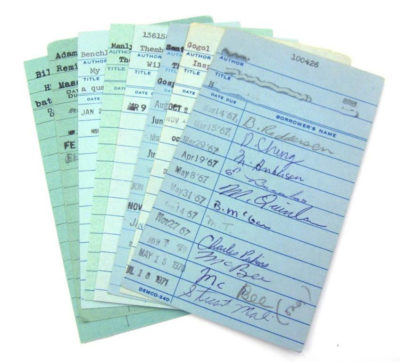
Self-publishing does sometimes get a poor name, but if you do it right, people can’t tell the difference between self and traditionally published books.
If you have a beautiful book that has been:
- Professionally designed inside and out
- Professionally edited and proofread
- Appropriately set-up for online and wholesale distribution
Most people do not even think to question if your book was self-published and many bookstores do carry these books.
However, if you bring in a book with a cover that looks like your granddaughter’s artwork, with no clue of wholesale or trade terms it’s going to be highly unlikely that the bookstore owner will want to carry your book.
Not All Books Are Created Equal
While indie publishing and self-publishing has become easier and more mainstream, it also allows people to put out shoddy work. We’re all seen the poorly designed covers and unedited manuscripts that make even the bravest among us flinch away in horror. And I cannot tell you how many times I’ve had self-published authors ask WHY a store owner wouldn’t just buy the author’s book from Amazon to sell in their local store. These types of things have earned self-publishing a bad name.
But there are just as many self-published authors taking the time to hone their craft and to put out an excellent product. These authors are taking time to create a beautiful product and working within trade and wholesale expectations to make their book appealing to the masses.
The Difference is Professionalism
It’s not enough to have a “good” book. You must have a professionally published book.
What does a professionally published book look like?
- Manuscript that has been appropriately edited and proofread. The fabulous Ericka McIntyre walks us through the stages of editing in this video: https://www.youtube.com/watch?v=WyN3HxIyV9w
- Great interior design. A interior design that follows the current publishing trends is critical to the integrity of your finished product. Check out these 9 Tips for Interior Book Design from Ingram Spark.
- Professionally designed cover. It’s critical that you find someone that knows about graphic design, not just art. Further, the person designing your cover needs to understand book cover design specifically. A great way to start this process is by asking yourself these questions.
- Price Specific Barcode. Yes, you need a price specific barcode. This is an easy way to elevate your book in the eyes of book buyers, especially within the U.S.
- PCIP (Publisher’s Cataloging-In-Publication) block. You can learn all about this magical cataloging block for libraries HERE.
- An ISBN for each format of your book. But not just any ISBNs, you need to obtain your own ISBNs directly from the appropriate agency for your country. In the US this mean purchasing from Bowker at www.myidentifiers.com. DO NOT purchase a second-hand ISBN. Ever. If you need convincing on this point, read THIS.
- Create a company name. If you want your book to be viewed as a professionally published book, it’s important that you take the time to create a professional sounding publishing company name.
- Trade reviews. Professional trade reviews from outlets like Kirkus and Library Journal help establish a book’s credibility. Getting reviewed is a bit like winning the lottery, but it’s free to play so why not? Start with this list of review outlets.
- Thoughtful Distribution. Of course, you should upload your Print on Demand (POD) title directly to KDP for Amazon. But you should also be using IngramSpark for wholesale distribution… and you need to set the appropriate trade discount.
Is Self-Publishing Looked Down Upon?
Not if you do it right. Self-published authors and indie authors can make it in any marketplace, as long as they avail themselves of the tools available to them and publish well. The 9 points above, while not an exhaustive list, will get you headed in the right direction toward a professionally published book.








